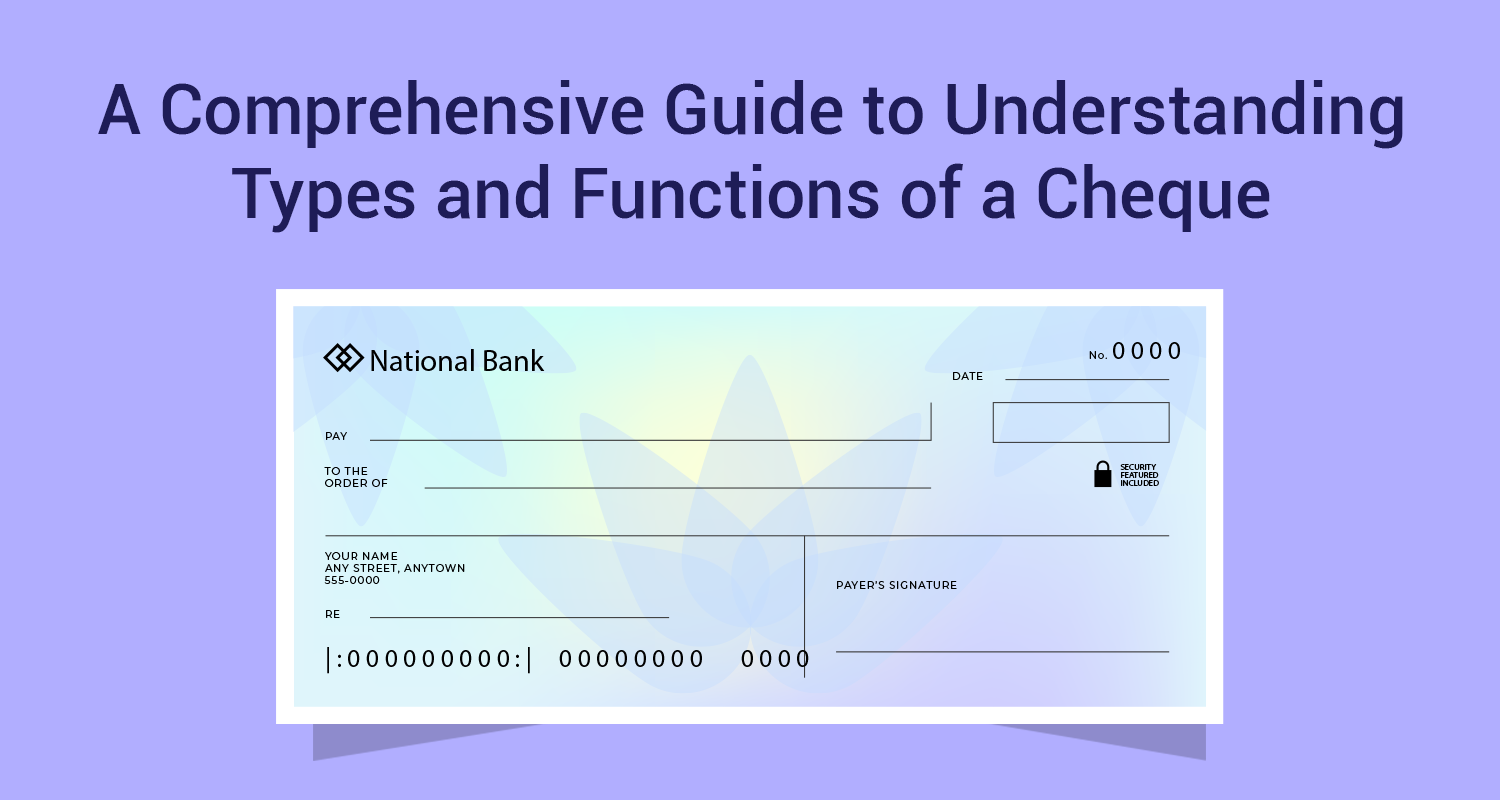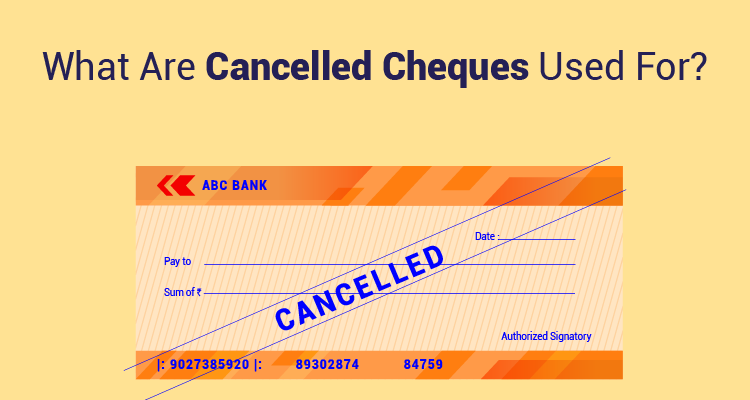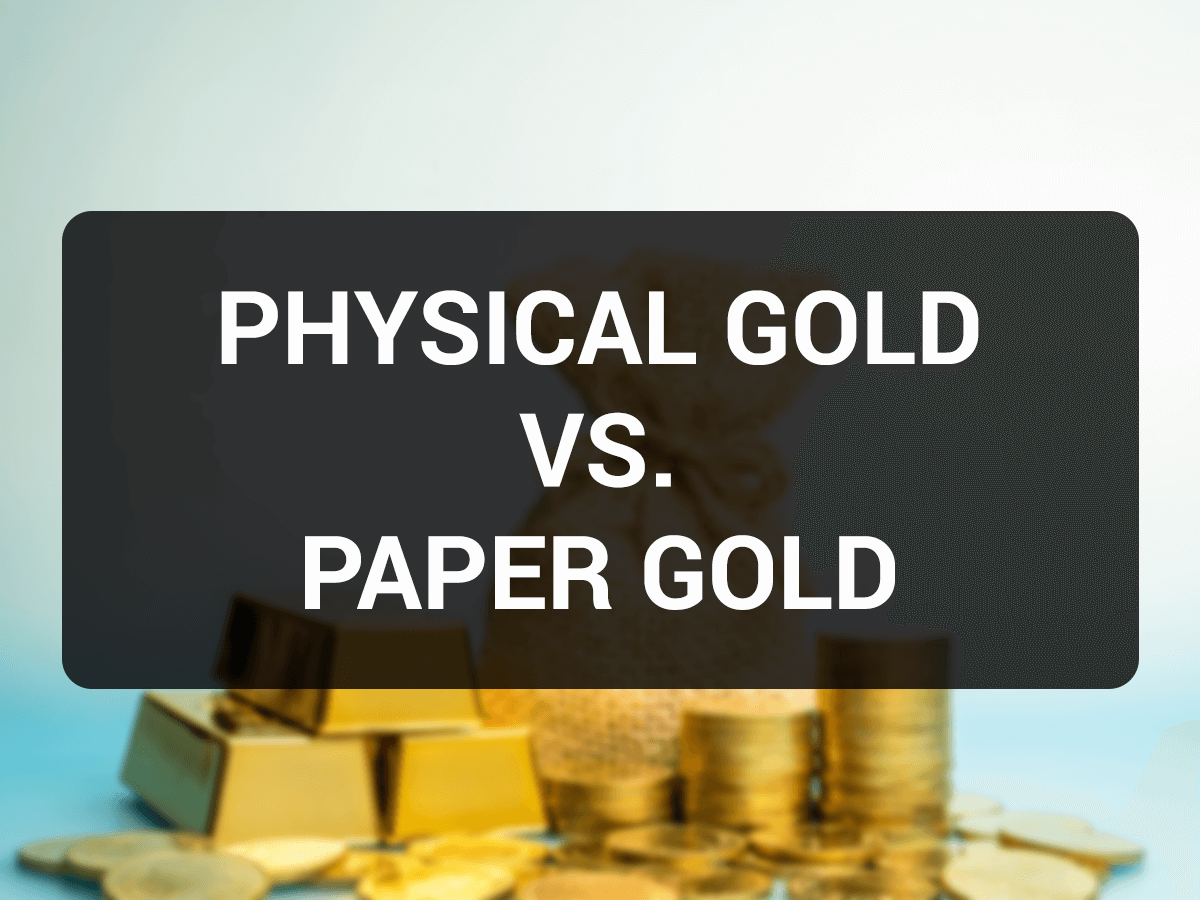Aadhaar Card: the key to ‘Housing for all by 2022’

The passing of the Aadhaar Bill, 2016 has sparked anticipation that the implementation of the Government’s social sector programs, including ‘Housing for all’, will get a quantum boost…
The Aadhaar (Targeted Delivery of Financial and Other Subsidies, Benefits and Services) Bill, 2016, has finally become a law. Introduced as a ‘Money Bill’, passed by the Lok Sabha and approved by the President of India, the Aadhaar Card will become a centralized, universally accepted identity card for every Indian. Effectively, it is now a mandate that every Indian citizen must procure an Aadhaar Card in order to access government services and benefits.
The Bill – In a Nutshell
Over the years, the biggest hurdle to any subsidy scheme launched in India has been the ability to appropriately target recipients. Leakages along the way have diluted the efficacy of any such effort. The Aadhaar Bill aims at the better targeting of subsidies by allotting a unique identity number to every citizen of India. The 12-digit Aadhaar number is a sure-shot way to verify the identity of a person receiving a subsidy or a service as it is based on both demographic and biometric data.
Aadhaar Card and Jan Dhan
The Pradhan Mantri Jan Dhan Yojana (PMJDY) is scheme, launched by Indian Government in August 2014, which seeks to promote financial inclusion by ensuring that every individual who does not have a bank account can open one. It has been envisaged that through these bank accounts, people from lower income groups can access various subsidies in addition to credit, insurance, pensions and other remittances.
Now that the Bill is all set to become a law, it will enable the Government to move ahead with its mission of financial inclusion more effectively as banks can use Aadhaar numbers as identification for customers. This will help them weed out fake Jan Dhan accounts.
Aadhaar and Housing Loans
The Government has an ambitious program to ensure ‘Housing for all by 2022’. Under this scheme, in addition to slum rehabilitation, it will be promoting affordable housing for weaker sections of society through a credit-linked subsidy. This entails an interest subsidy of 6.5% on housing loans availed up to a tenure of 15 years for those who fall in the Economically Weaker Sections and Lower Income Group categories. This works out to a pay-out of about Rs.2.3 lakh per house, on a Net Present Value basis, for both the categories.
While the Government estimates that the mission will involve 2 crore houses, the exact number will depend on demand survey of States/Cities. And, in order to assess the actual demand, it expects to integrate Aadhaar numbers, Jan Dhan Yojana account numbers and other identification of intended beneficiaries.
Mission Possible
Until now, 98 crore Aadhaar Cards have been issued and the Government is confident that it will become the de-facto identity proof of all Indians shortly. With this, the success of programs such as Housing for all by 2022 stands on firm ground as the Government will be able to encourage the unbanked masses to take loans and enjoy targeted subsidies.
Disclaimer : The information in this blog is for general purposes only and may change without notice. It does not constitute legal, tax, or financial advice. Readers should seek professional guidance and make decisions at their own discretion. IIFL Finance is not liable for any reliance on this content. Read more



